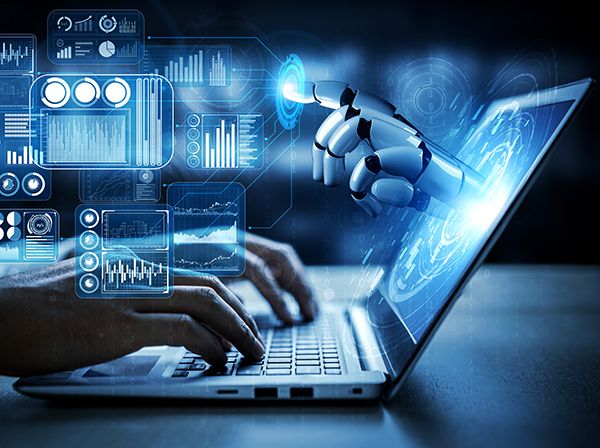Bragging Rights
Explore the latest trends, tips, and stories that make you stand out.
Machine Learning: The Brain Behind Your Favorite Gadget
Discover how machine learning powers your favorite gadgets and transforms everyday tech into smart innovation – don’t miss out!
How Does Machine Learning Power Your Everyday Devices?
Machine learning has dramatically transformed the way our everyday devices function, making them more intuitive and efficient. From smartphones to smart home appliances, machine learning algorithms analyze vast amounts of data to learn user preferences and behavior patterns. For instance, voice-activated assistants like Siri and Alexa continuously improve their understanding of speech, enabling them to provide more accurate responses and perform tasks more effectively. As these devices gather more data over time, their performance enhances, leading to a more personalized user experience.
In addition to enhancing user interaction, machine learning powers several functionalities in everyday devices that may go unnoticed. For example, smart thermostats use machine learning to learn your heating and cooling preferences, adjusting temperatures automatically to maximize comfort while minimizing energy consumption. Similarly, streaming services leverage machine learning to analyze viewing habits and recommend content that aligns with your tastes. This behind-the-scenes operation not only creates a seamless experience but also optimizes device efficiency for users.

5 Ways Machine Learning Enhances Your Favorite Gadgets
Machine learning has revolutionized the way we interact with our favorite gadgets, bringing advanced capabilities that enhance user experience. Smartphones, for instance, now employ machine learning algorithms to optimize camera performance, offering features like facial recognition and scene detection. This means that every photo you take is automatically adjusted for the best lighting and clarity, making your snapshots look professional with minimal effort.
Another exciting application is in smart home devices, which utilize machine learning to understand your daily routines and preferences. By analyzing data patterns, these gadgets can predict when you will arrive home and adjust the temperature or lighting accordingly. The result is a seamless integration into your lifestyle, where your gadgets don’t just respond to commands, but intuitively adapt to your needs. As these technologies continue to evolve, the potential for further enhancements is virtually limitless.
Understanding the Role of Machine Learning in Smart Technology
Machine learning has become a pivotal component in the evolution of smart technology, fundamentally changing how devices and systems gather, process, and act on data. By enabling machines to learn from experience without explicit programming, machine learning facilitates more personalized and efficient user interactions. For instance, smart home devices leverage machine learning algorithms to understand individual user preferences, adapting their functionalities over time to enhance comfort and convenience.
This technology is not limited to just personal use but extends into various sectors including healthcare, finance, and transportation. In healthcare, for example, machine learning algorithms can analyze vast amounts of patient data to predict health outcomes and recommend treatments, saving valuable time and resources. As smart technology continues to integrate more sophisticated machine learning capabilities, we can expect a future where devices not only respond to commands but also anticipate our needs and make decisions autonomously, significantly improving the quality of life.